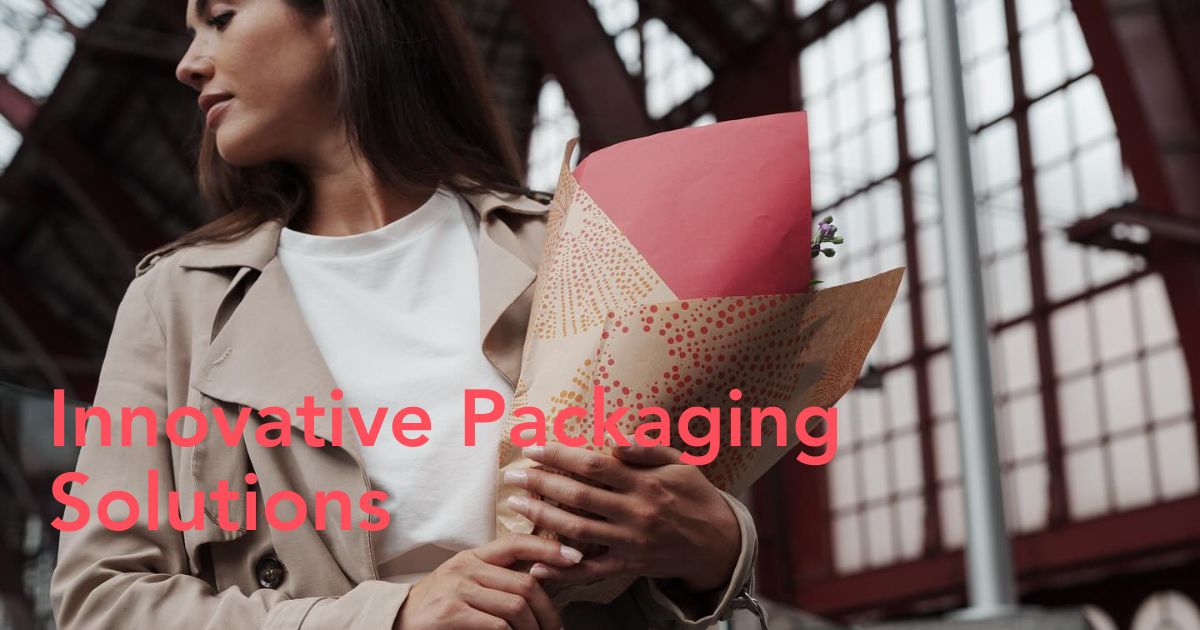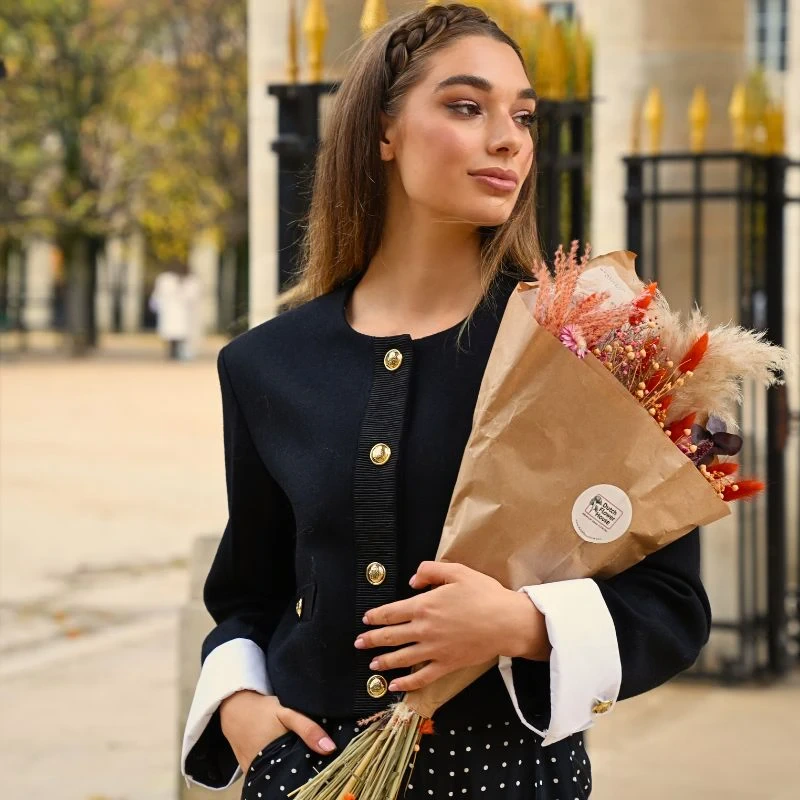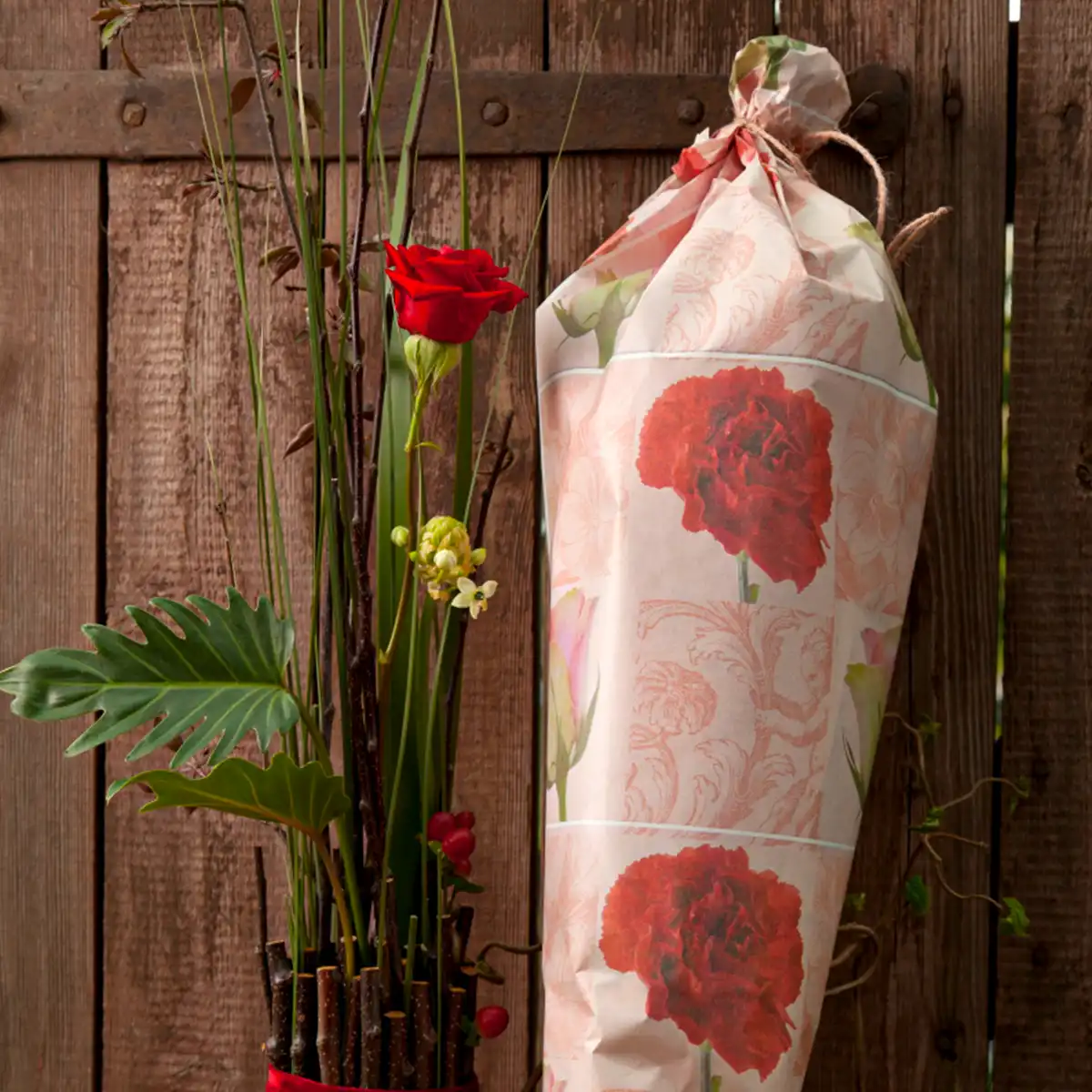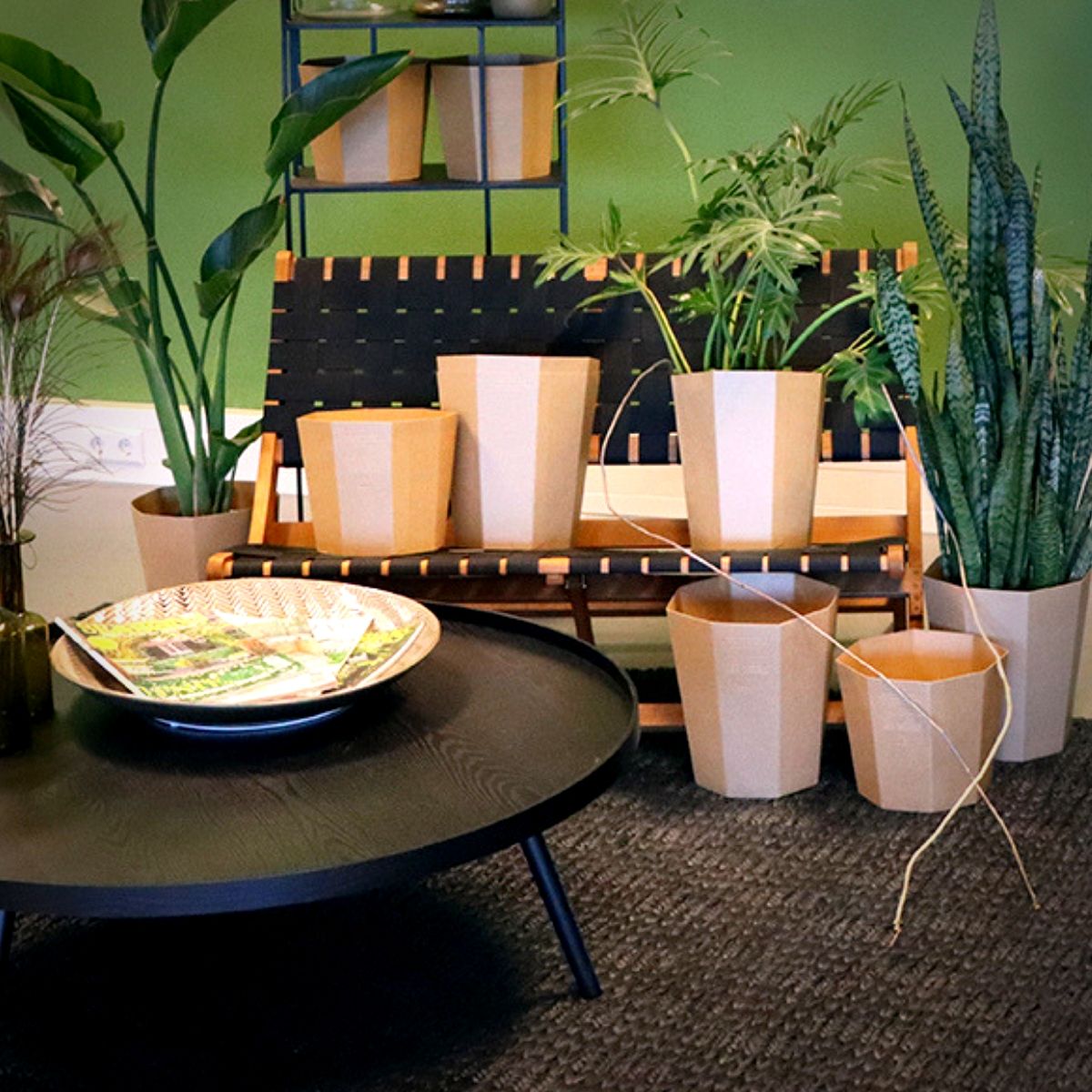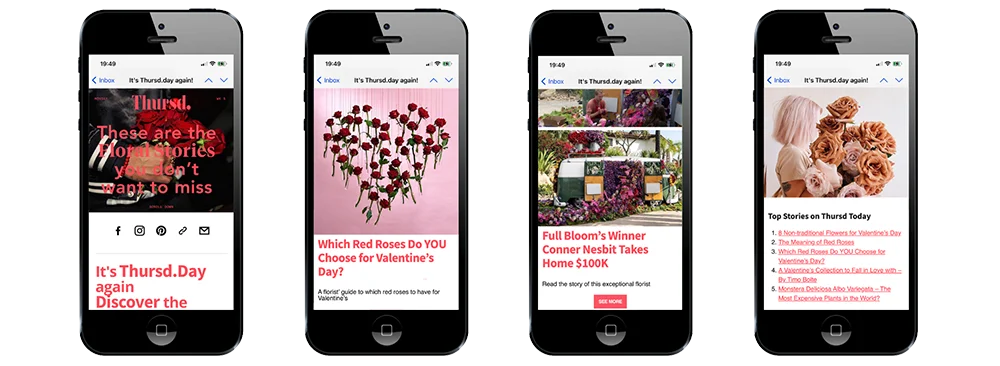The vibrant global floral industry, fueled by beauty and emotion, is also home to a dynamic discussion about the role of packaging. As the demand for cut flowers continues to grow, projected to propel the packaging market to $6.6 billion by 2032, the conversation evolves: Can innovative packaging solutions become a vital partner in sustainability, or will they remain a challenge to be overcome? This analysis explores both perspectives, evaluates material innovations, and guides stakeholders toward informed decisions. Here you can read more about Reliable Supply, Beautiful Flowers—Mystic Flowers Does It All
The Multifaceted Importance of Flower Packaging
Presentation: Elevating Aesthetic Value
Packaging transcends practicality, it’s a silent ambassador of brand identity. A study highlighting that 83% of individuals associate floral presence with calmness underscores the psychological impact of visual appeal. Custom-printed paper sleeves or embossed fabric wraps transform simple bouquets into luxe gifts, enhancing perceived value
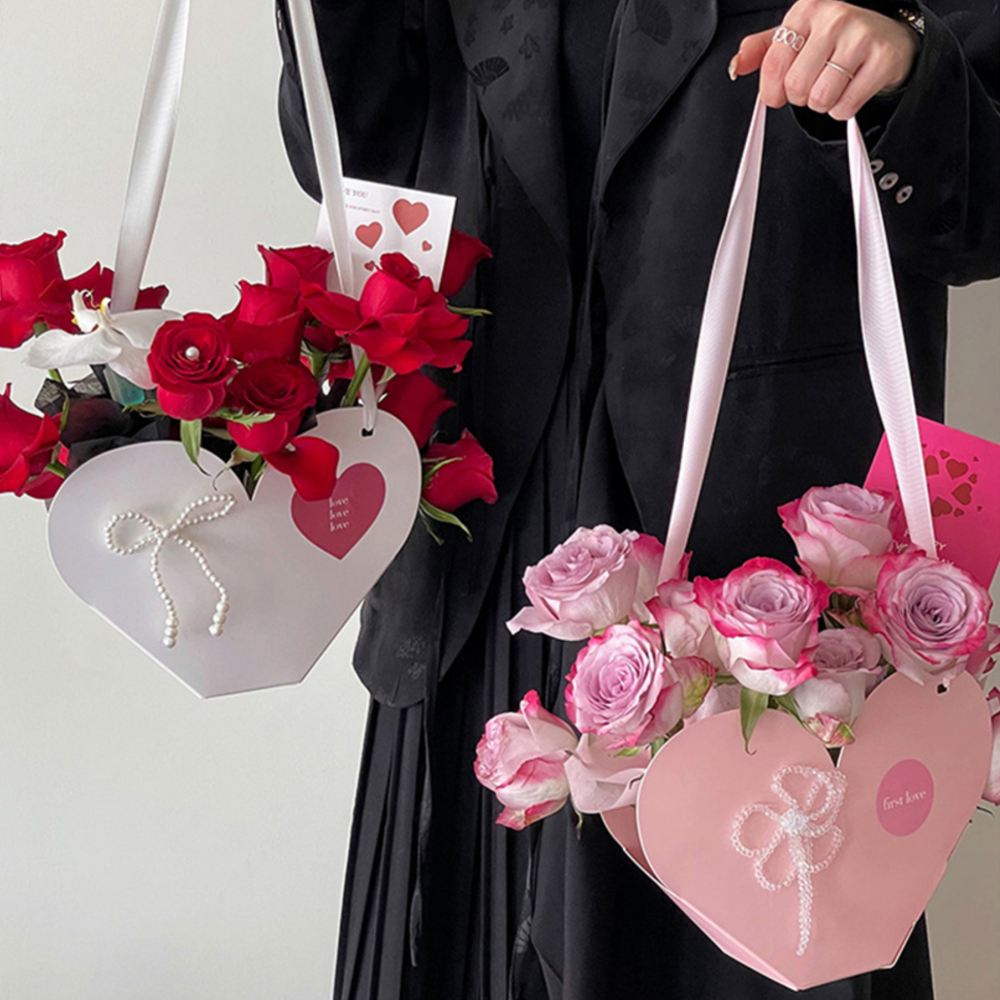
Protection: Shielding Nature’s Fragility
Flowers are naturally exquisite and fragile, with stems that can be susceptible to damage and petals that may bruise during transit, highlighting the need for gentle handling and protective solutions to preserve their beauty. Quality packaging acts as a shield against physical shocks, temperature fluctuations, and humidity. For instance, rigid corrugated boxes with interior cushioning prevent bouquets from shifting, while cellophane wraps create a protective barrier against moisture loss.
By implementing effective safeguards, retailers can protect their products and maintain customer trust, ultimately preventing financial setbacks and fostering a loyal customer base. However, by implementing protective measures, they can ensure the quality and integrity of their offerings, fostering customer loyalty and long-term success.
Branding: Crafting Memorable Experiences
In a market where branded packaging is a key factor for gifting, floral businesses are capitalizing on beautifully designed wraps as effective marketing tools, enhancing brand visibility and customer experience. A reusable glass jar adorned with a logo not only preserves freshness but also extends brand visibility long after purchase. Similarly, plantable seed paper tags embedded with wildflower seeds merge sustainability with interactive branding, fostering emotional connections.
Freshness Extension: Prolonging Vitality
Advanced materials like water-retaining foam inserts in flower boxes maintain hydration, extending vase life by up to four days. For e-commerce ventures, insulated mailers with gel packs combat thermal stress during shipping, ensuring blooms arrive vibrant. Innovations in the floral industry are highly valued, as a significant 68% of online shoppers prioritize freshness, highlighting the importance of delivering exceptional quality and customer satisfaction.
Exploring Counterarguments: Navigating Packaging's Sustainability and Economic Challenges Towards a Greener Future
Sustainability Concerns
The floral industry presents a significant opportunity for sustainability improvements, as it currently generates 200,000 tons of plastic waste annually, with 40% being non-recyclable films, highlighting the potential for innovative eco-friendly solutions. Biodegradable starch-based wraps offer a promising solution for reducing waste, and while they currently face challenges related to cost and availability, they present an exciting opportunity for innovation and growth in sustainable packaging. However, European markets are pioneering circular models, with more than half of all Dutch florists now using compostable cellulose sleeves.
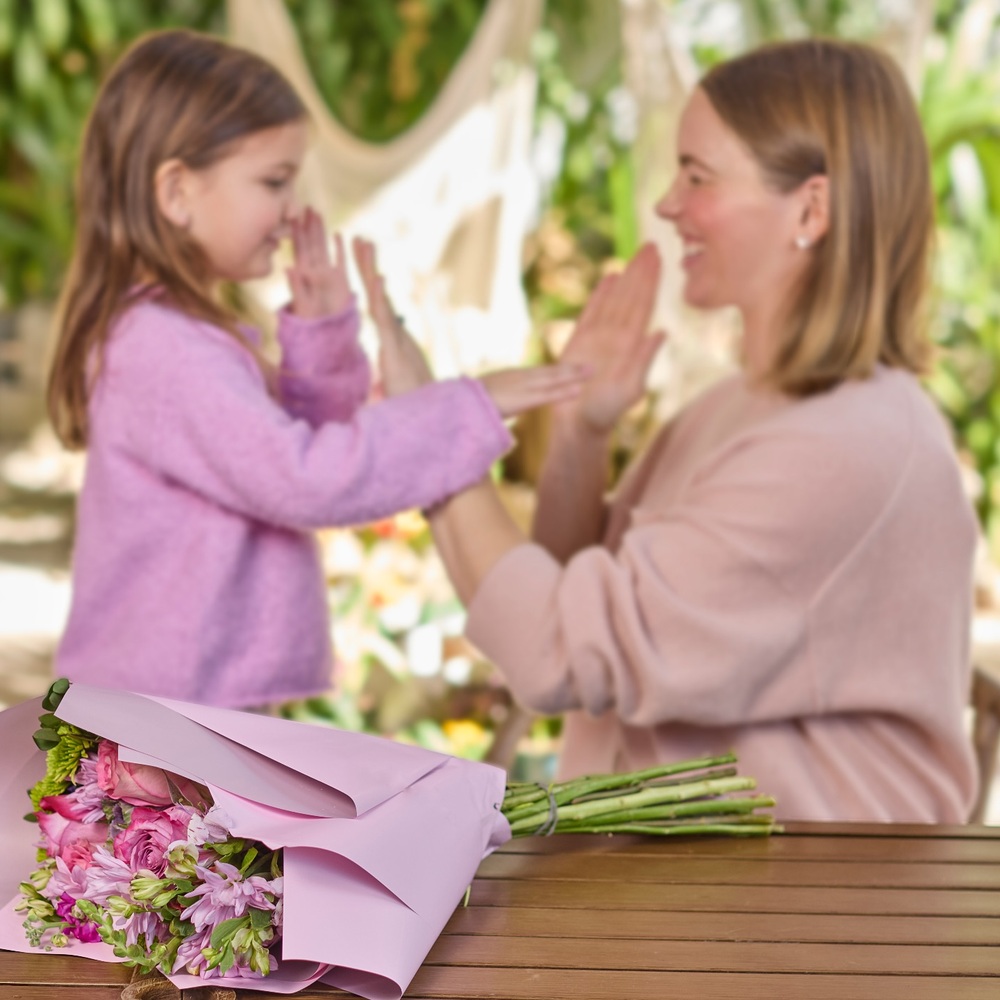
Cost Implications
Packaging costs, which typically range from 1.5–4% of a product’s retail price, present budget-conscious small and medium enterprises (SMEs) with a chance to innovate and streamline their operations, unlocking potential for cost savings and enhanced efficiency.
For instance, a $20 bouquet might allocate $0.80 to packaging, but businesses can elevate their offerings with premium materials like handcrafted willow baskets ($12/unit), creating opportunities to differentiate their products and enhance customer experience.
However, strategic decisions can help balance cost and quality effectively—such as choosing kraft paper tubes ($0.50/unit) instead of rigid clamshells ($2.75/unit)—empowering businesses to deliver value while optimizing expenses.
Embracing Sustainable Solutions
The trend of excessive packaging, such as triple-layered boxes for single stems, highlights an opportunity for innovation and environmental stewardship, driving businesses to adopt eco-friendly practices and meet consumer demand for greener solutions. A 2025 survey showcased a promising trend: 58% of millennials are embracing sustainable choices, opting for stylishly minimalist jute twine wraps or bare-root presentations, which not only reduce waste but also enhance the aesthetic appeal of florals, aligning with the growing demand for eco-conscious products. Brands like “EcoPetals” have responded by adopting returnable vase programs, reducing waste while fostering loyalty.
Navigating Packaging Options: Materials, Functionality, and Trends
Material Innovations
|
Material |
Features |
Cost (USD/unit) |
Sustainability Index |
|
Recycled Cardboard |
Customizable, moisture-resistant |
0.30–1.20 |
★★★★☆ |
|
PLA Bioplastics |
Compostable, transparent |
0.45–1.50 |
★★★★★ |
|
Organic Cotton |
Reusable, premium feel |
2.00–4.00 |
★★★★☆ |
|
Mushroom Mycelium |
Biodegradable, shock-absorbent |
1.80–3.50 |
★★★★★ |
Source: Alibaba’s 2024 Flower Packaging Guide
Functional Priorities
- Durability: Corrugated mailers withstand 50 lbs of pressure, ideal for international shipping.
- Customization: Digital printing allows 24-hour turnaround for seasonal designs, crucial for Mother’s Day rushes.
- Eco-Friendliness: Algae-based inks and FSC-certified papers cater to the 72% of consumers willing to pay 15% more for sustainable options.

Strategic Vendor Selection: Unlocking Business Potential
Key Evaluation Criteria
- Material Diversity: Collaborate with innovative suppliers offering modular designs, such as interchangeable lids for jars, to seamlessly adapt to evolving product lines and enhance flexibility.
- Branding Capabilities: Partner with vendors that provide exceptional pantone-matching services and advanced die-cutting tools, allowing for intricate logos that elevate brand identity and customer engagement.
- Safety Compliance: Ensure peace of mind with vendors that offer child-resistant closures for edible-flower packaging and FDA-approved liners for water-containing boxes, safeguarding both products and consumers.
- Scalability: Choose manufacturers that cater to diverse business needs, offering flexible Minimum Order Quantities (MOQs) under 500 units for small and medium enterprises, while also providing bulk discounts for larger enterprises, fostering growth and efficiency across all scales.
Turnaround and Seasonality
During peak periods like Mother’s Day, 72-hour production slots prevent stockouts. Suppliers with strategically located regional warehouses significantly enhance delivery efficiency, which is especially valuable given that 43% of floral orders are placed at the last minute, ensuring timely and reliable service that meets the urgent needs of customers.
Target Audiences and Tailored Solutions
Photo by Pavel Danilyuk on Pexels.com
Florists & Boutiques
Seek small-batch artisans offering hand-stamped tissue papers ($0.10/sheet) to differentiate in-store displays.
E-Commerce Businesses
Invest in self-sealing mailers with integrated hydration packs, reducing returns by 18%.
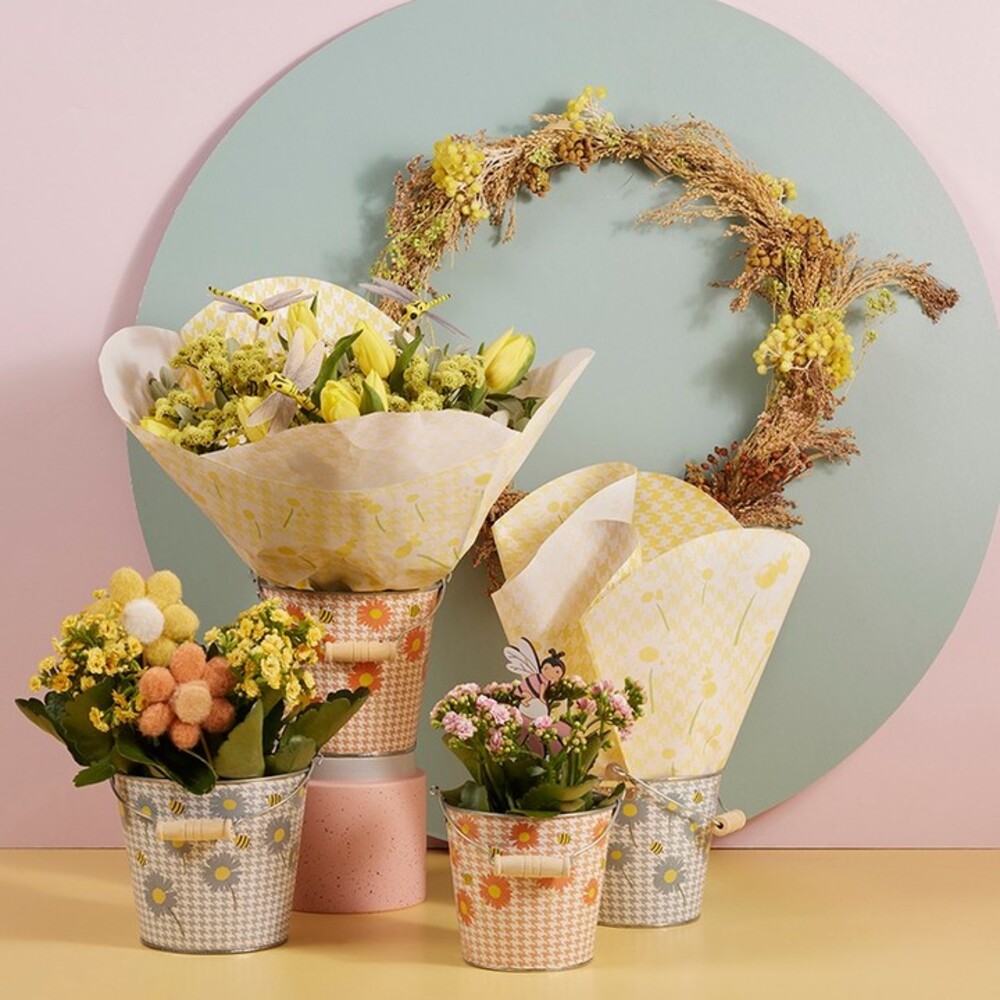
Event Planners
Bulk-order rentable ceramic vases, cutting costs by 40% compared to single-use options.
Sustainability Advocates
Collaborate with circular economy networks to source recycled ocean plastics for event installations.
Conclusion: Packaging as a Strategic Partner
The packaging debate isn’t binary—it’s a dynamic equilibrium between preservation and responsibility. By adopting hybrid models (e.g., recyclable outer boxes with reusable inner wraps), the industry can satisfy consumers demanding eco-conscious options. As material science advances, solutions like self-healing biopolymer films promise to revolutionize protection while biodegrading harmlessly. For florists, the future lies in transparency: educating customers about packaging choices through QR-code-linked sustainability reports. In doing so, packaging evolves from a mere container to a narrative of care, innovation, and respect for nature’s ephemeral beauty.

